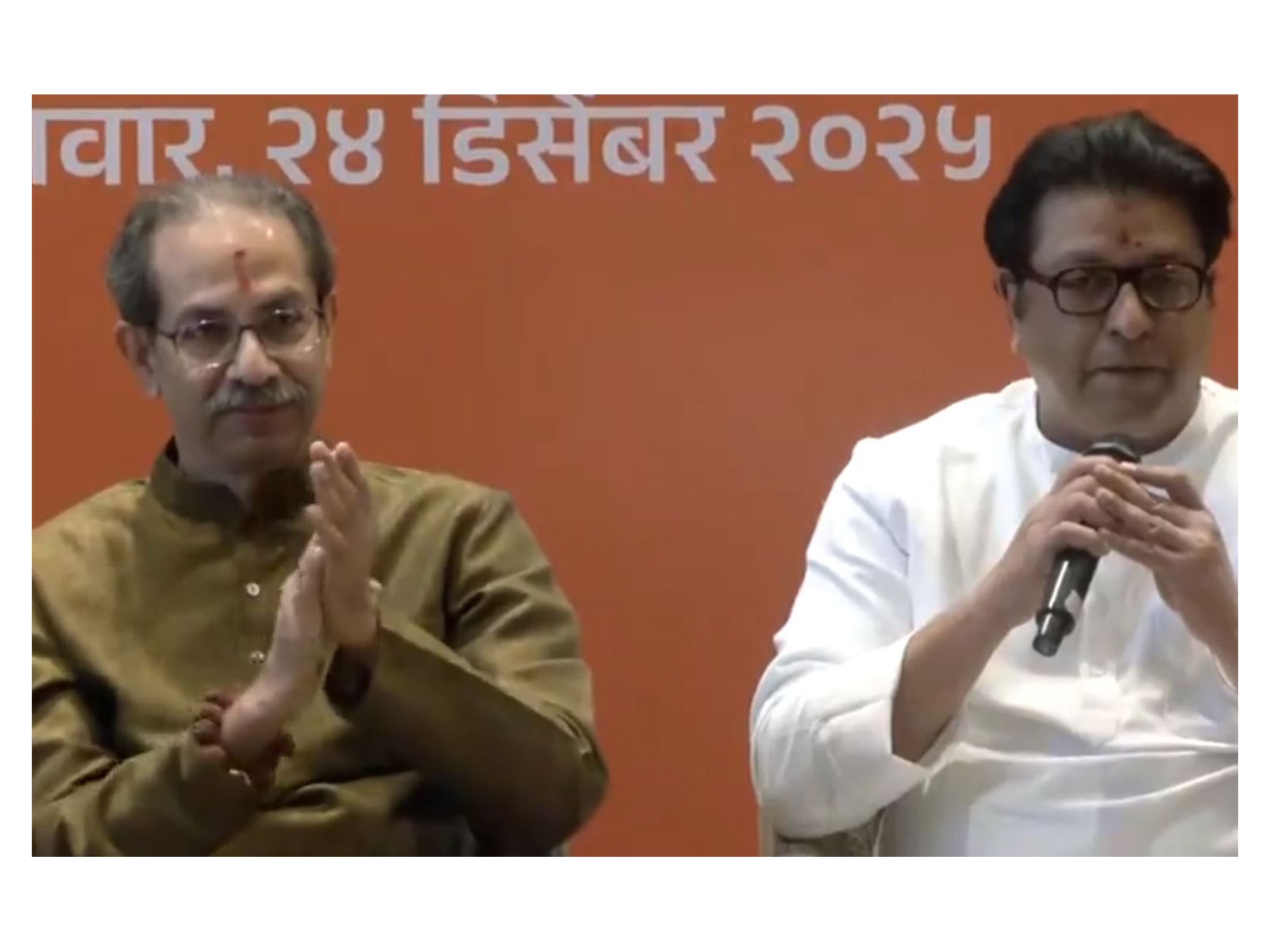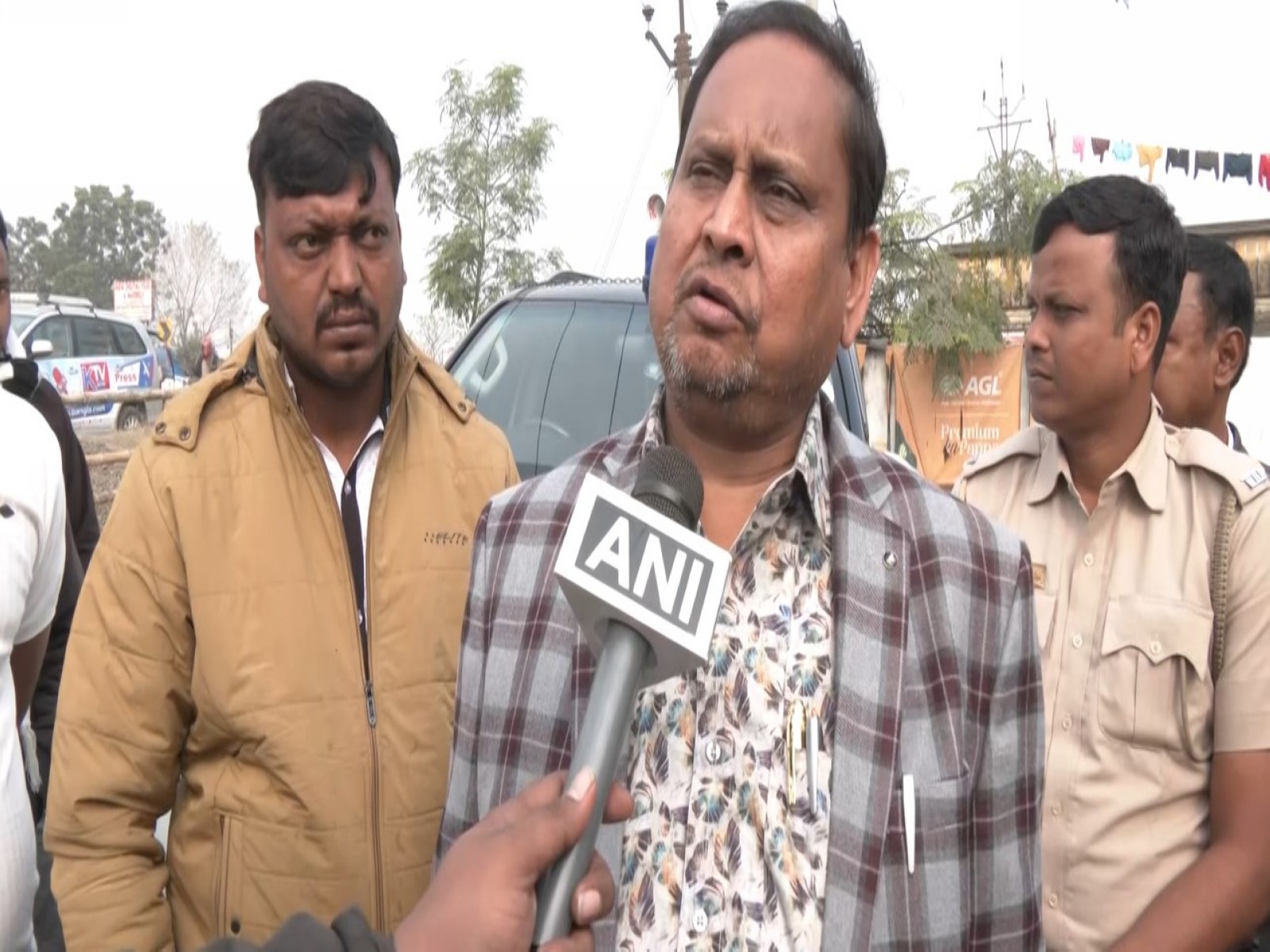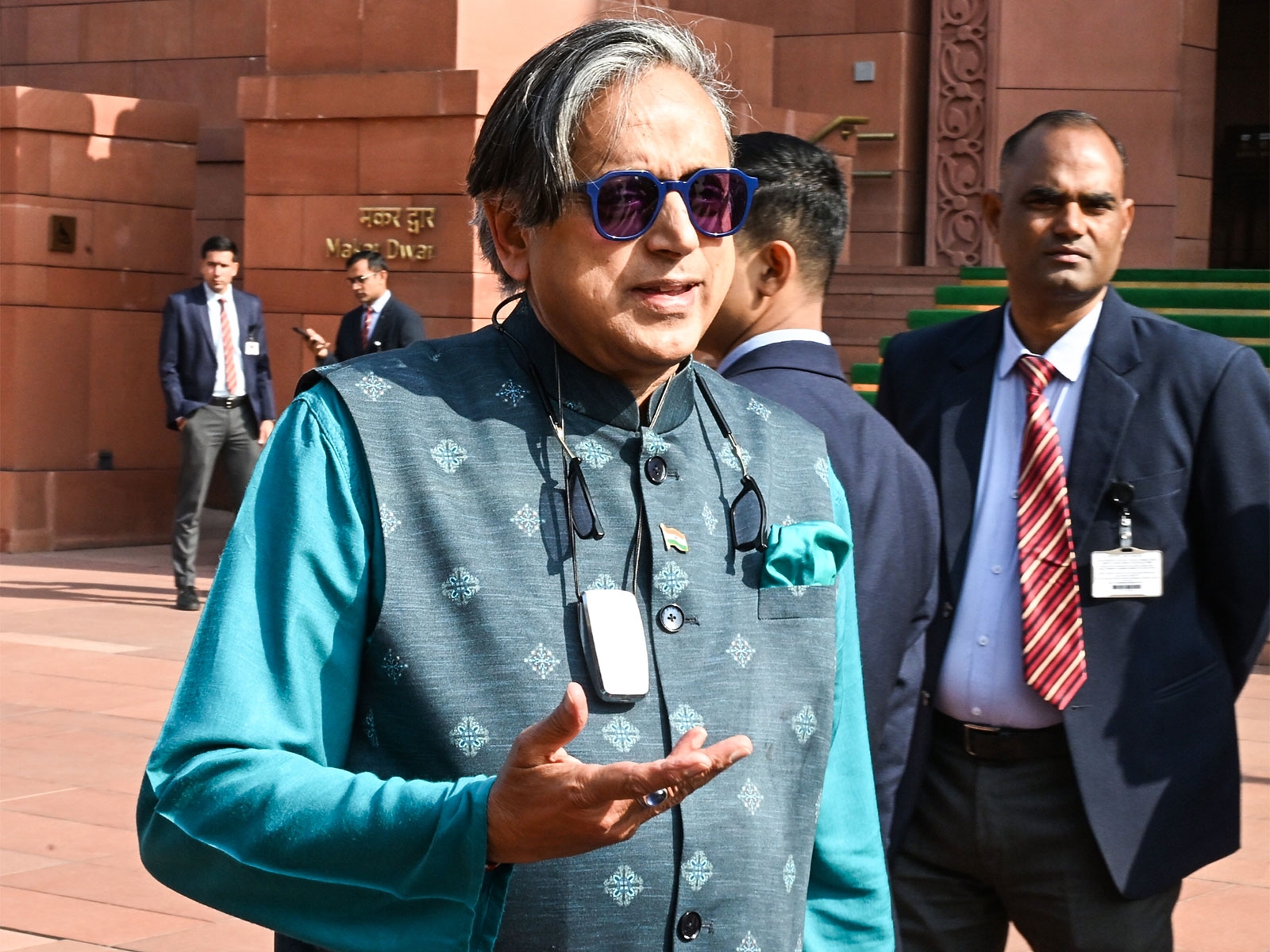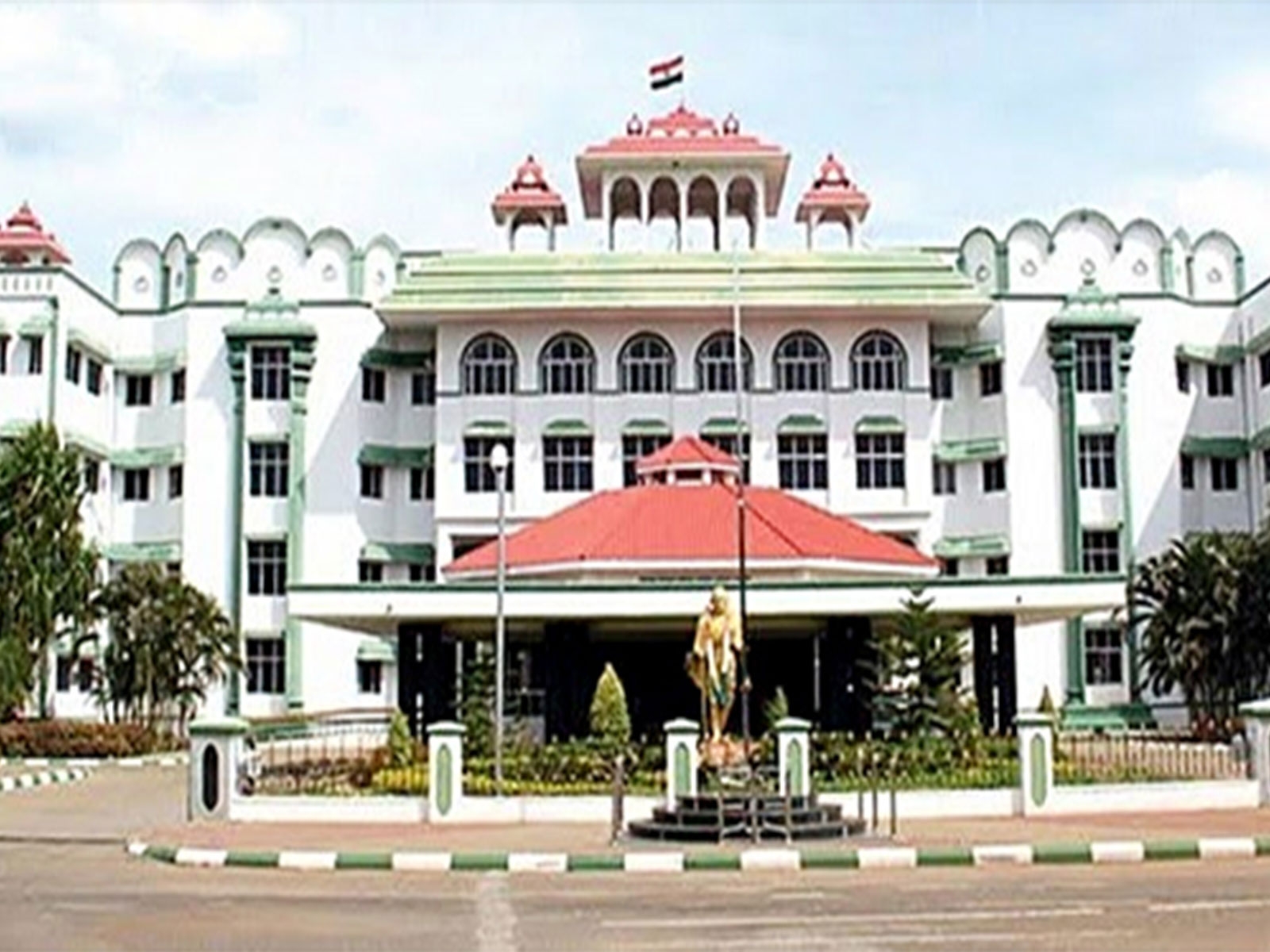Clear warning: what Southeast Asia's haze tells us about corporate greed

For months now, a smoky haze has enveloped Southeast Asia, grounding flights, shutting schools and leaving thousands sick.
It the result of forest fires scorching Indonesia since June-end. The pollution has worsened since September, and spread to Malaysia, Singapore, Thailand and other nations in the region.
What caused the haze?
Every year in Indonesia, vast tracts of forestland are cleared for palm oil, pulp and paper plantations. This is done by burning down the vegetation. The main culprits are corporate planters and small-scale farmers.
This forestland is abundant in peat, essentially a mass of partially decayed vegetation. Being rich in organic matter, the peat leaks plenty of carbon when burned, causing air pollution. Worse, peat retains heat below the ground; this means fires can spread underground and reemerge elsewhere, undetected.
The planters mainly use the "slash and burn" method to clear the land - they cut the vegetation and burn it. When cultivation renders this land infertile, they move on elsewhere.
Clearing land this way is quicker and 10 times cheaper than using machinery, says Herry Purnomo at the Center for International Forestry Research, Bogor in Indonesia. There are laws to protect peatlands but they are rarely enforced.
Pollution from the fires kills 110,000 people a year in Southeast Asia. It's gotten worse this year
Not unlike in India, where burning of 7-8 million tonnes of crop residue in farmlands around Delhi wrecks the capital's air quality every winter.
The peatlands were seized by big palm oil, pulp and paper corporations 20-30 years ago during the dictatorship of Suharto. They profit by scorching them, literally.
"If you grab forestland, you can sell it," Purnomo explained in an interview to Singapore's The Straits Times. "If you burn down its vegetation, the price will increase." Indeed, the rate can go up by 30%.
Where exactly do the fires occur?
Riau and Kalimantan in Indonesia are the worst affected. The islands were densely forested once, but are now completely covered in plantations.
The problem has worsened over the past few years as ever more land was cleared, particularly for the lucrative palm oil. Though its ownership isn't easy to establish, the land is owned mostly by big corporations.
What's the effect on the region?
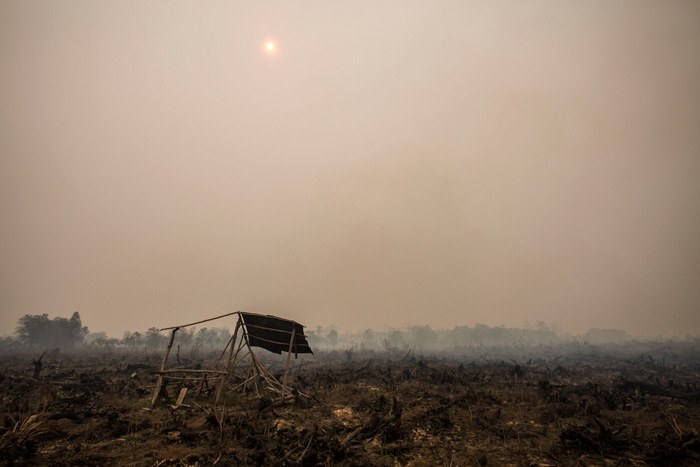
Photo: Ulet Ifansasti/Getty Images
The pollution caused by Indonesian forest fires is a yearly hazard but it has been made worse this year by El Nino, a freakish weather pattern that has led to drier conditions than usual, according to NASA. The last time it was this bad was in 1997.
According to Greenpeace, Singapore's Pollutant Standards Index reached an all-time high in 2015. In Sumatra and Kalimantan in Indonesia, the index hit 2,000. Anything above 300 is considered hazardous.
Greenpeace says "different conditions stemming from the peatland fires" kill nearly 110,000 people a year in the region. Critically high levels of pollution also force schools to shut and families to flee to safer areas.
On 14 October, NASA satellites detected 1,729 fire alerts across Indonesia, more than for any single day in two years. Back in September, the satellites had picked up over 2,000 "hot spots" - areas already on fire or very hot and likely to go up in flames soon.
Smoke is 10 times the hazardous level, half a million people have developed respiratory diseases
According to environmental agencies, daily carbon emissions from the fires often equal those of industrial giants like Japan or Germany. On worse days, they surpass emissions of the US.
In fact, as per the World Research Institute, since early September, emissions from the forest fires have exceeded the average daily emissions of the US on 26 out of 44 days. For perspective, the US is the second largest greenhouse gas emitter in the world, while Indonesia is a distant fifth.
The Global Fire Emissions Database estimates that Indonesia's raging fires have pumped 600 million tonnes of greenhouse gasses into our air. That is roughly as much as Germany emits for an entire year.
The haze hasn't affected Indonesia alone. Malaysia has closed schools, Singapore's air quality is hovering around the "unhealthy" level, and tourists to popular Thailand have been forced to go back earlier than they would have liked. Flights have been grounded and a number of events cancelled.
The fires have also put endangered wildlife at risk; orangutans have already fled the forests.
Indonesia has declared a state of emergency in six provinces. The disaster has affected 20 million people, and 120,000 have had to seek medical help so far, according to the country's health minister.
The Indonesian Disaster Agency, however, says half a million people have developed respiratory diseases. Smoke levels are roughly 10 times the level the WHO considers hazardous.
In all, the disaster is estimated to cost Indonesia $14 billion in lost health, transport, tourism, agricultural production and forest degradation.
The Meteorology, Climatology and Geophysics Agency (which country's?) says 99% of the fires were lit intentionally, so the haze should be considered a man-made disaster. "This is a crime against humanity of extraordinary proportions," the agency's spokesperson Sutopo Puro Nugroh said.
What's being done to tackle the crisis?
- The Indonesian police is investigating 133 people and seven corporations for causing the fires. Four companies were suspended last month.
- Several big corporations, the main culprits, have pledged to stop 'slash and burn' and deforestation, if only to meet the sustainability requirements for exporting to the US and Europe. Smaller firms, however, are still involved in the illegal practice.
- Indonesia is dumping millions of gallons of water on the affected areas and has deployed 30 aircraft and 22,000 troops to put out the fires.
- Malaysia, Singapore, Japan and Australia have joined the effort to clean up the mess.
- President Joko Widodo said on 23 October he would ban commercial use of any more peatlands.
What more needs to be done?
- The main problem is figuring out who owns the deforested land. When, and if, that is done, the state can take it back and punish those responsible for the fires.
- Strict enforcement of laws is urgently needed, as is launching restoration and reforestation projects.
- The state must break up the complex network of farmers, local officials, traders and corporations that benefits from the fires.
- Forested peatlands must be prevented from being cleared for agriculture.



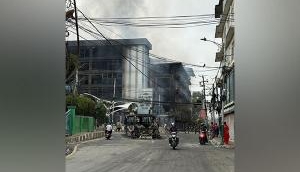



![BJP's Kapil Mishra recreates Shankar Mahadevan’s ‘Breathless’ song to highlight Delhi pollution [WATCH] BJP's Kapil Mishra recreates Shankar Mahadevan’s ‘Breathless’ song to highlight Delhi pollution [WATCH]](https://images.catchnews.com/upload/2022/11/03/kapil-mishra_240884_300x172.png)

![Anupam Kher shares pictures of his toned body on 67th birthday [MUST SEE] Anupam Kher shares pictures of his toned body on 67th birthday [MUST SEE]](https://images.catchnews.com/upload/2022/03/07/Anupam_kher_231145_300x172.jpg)


